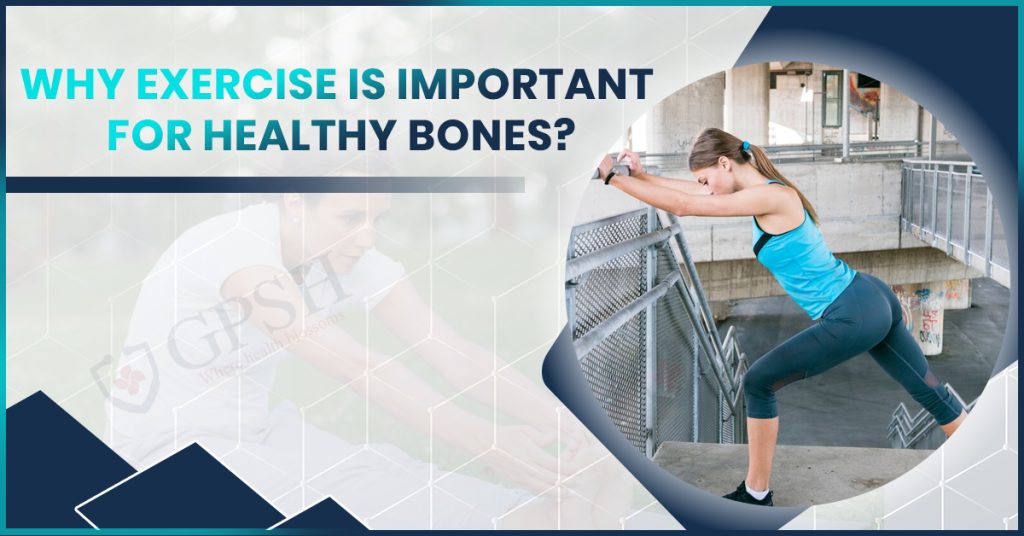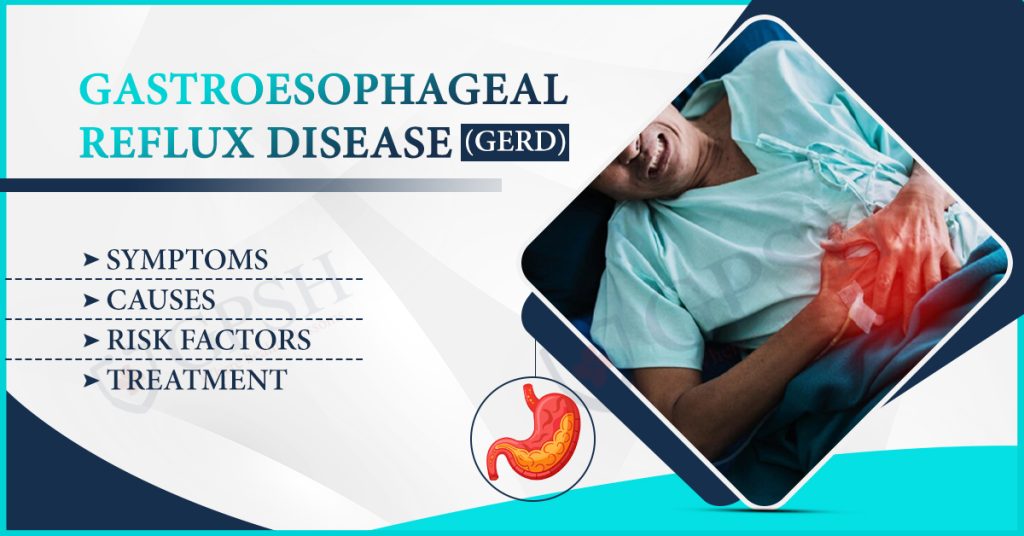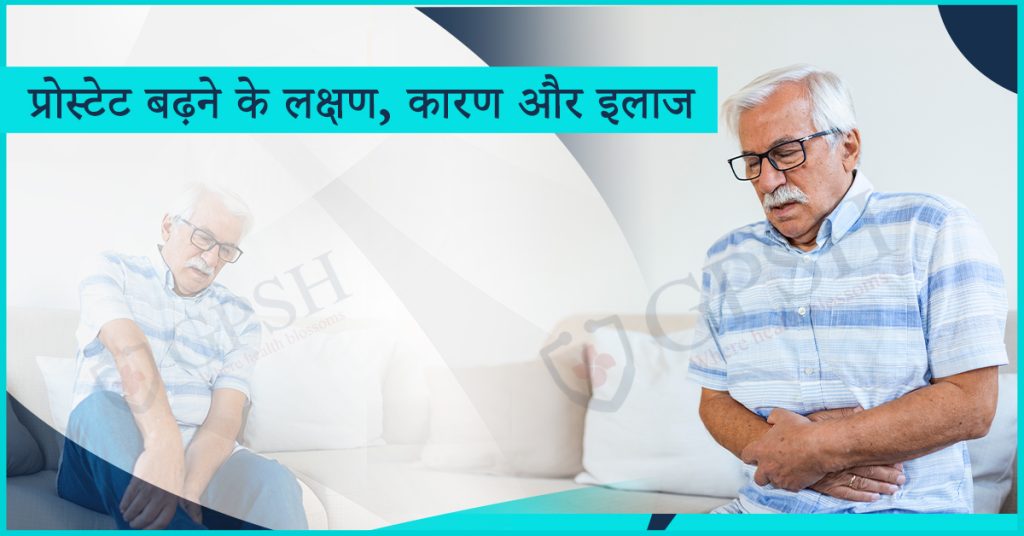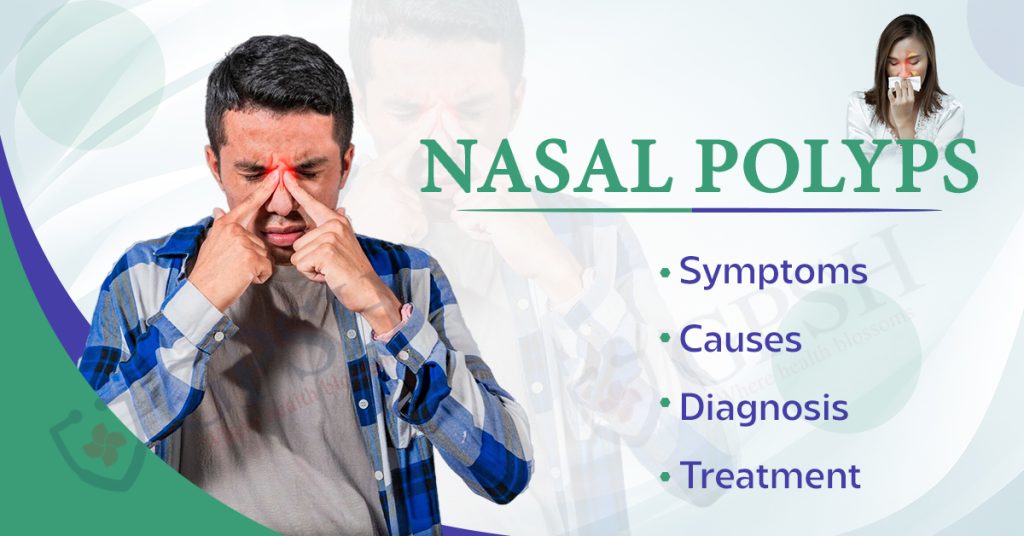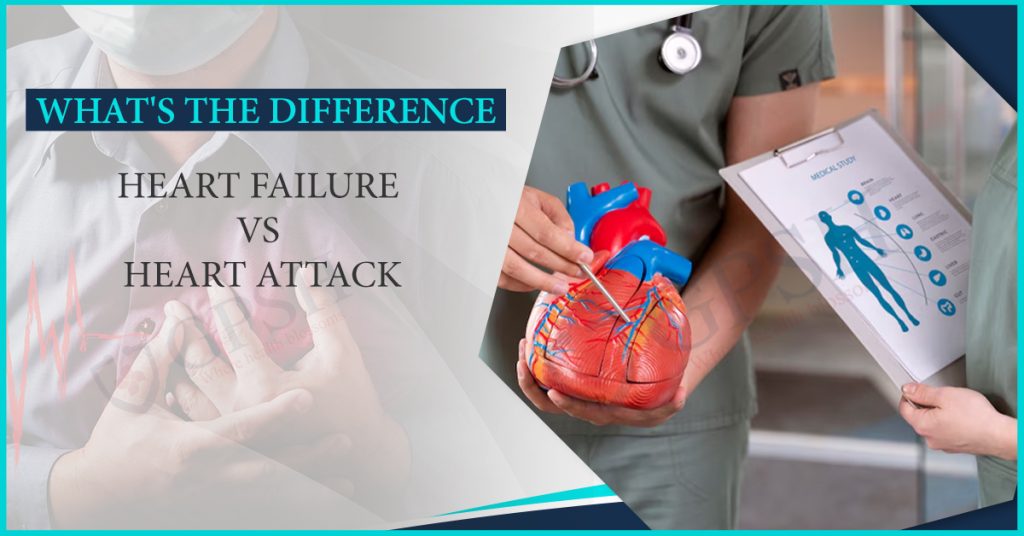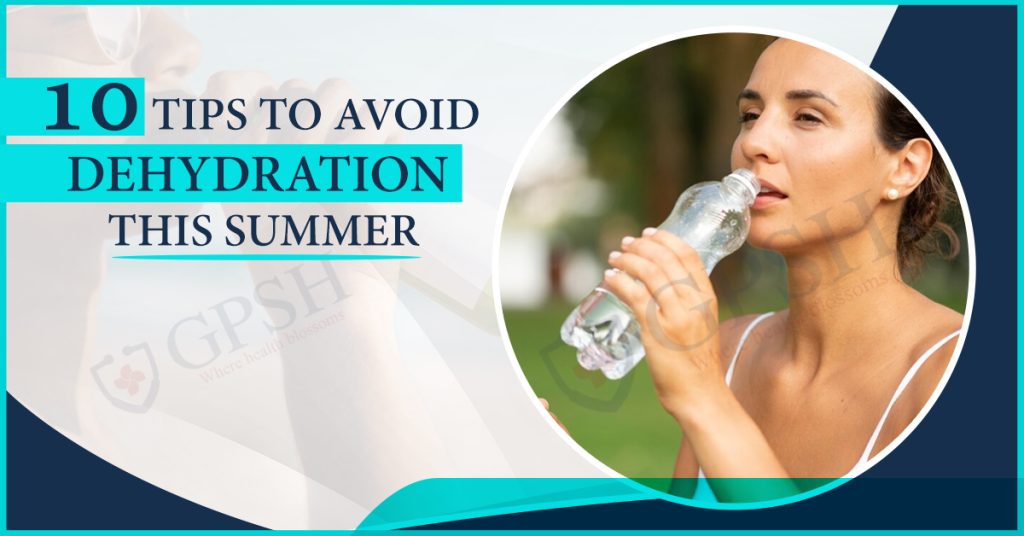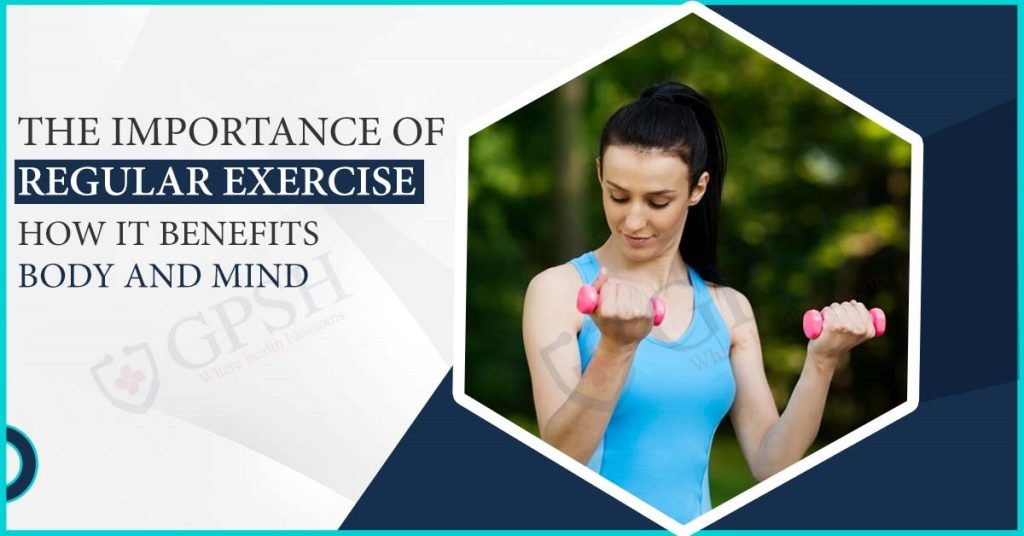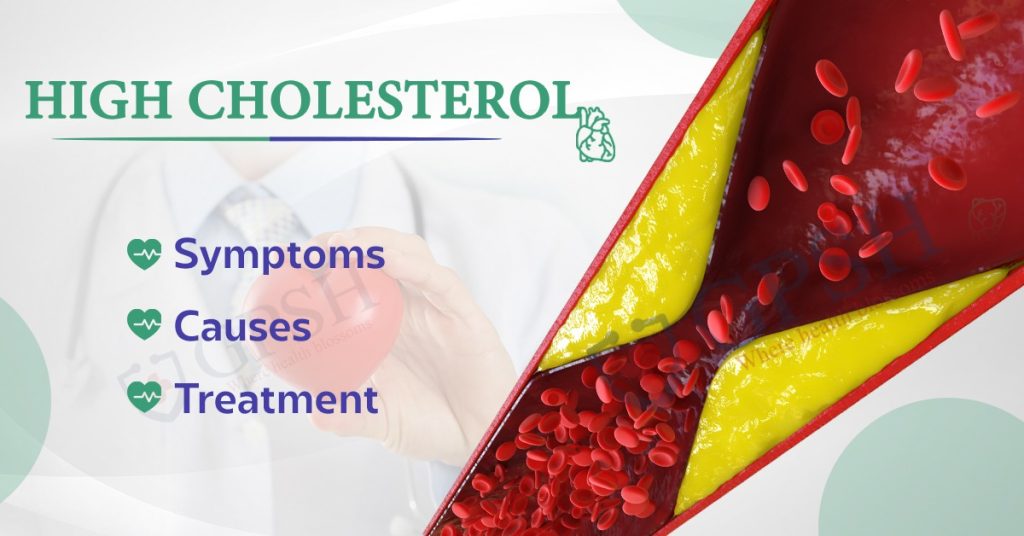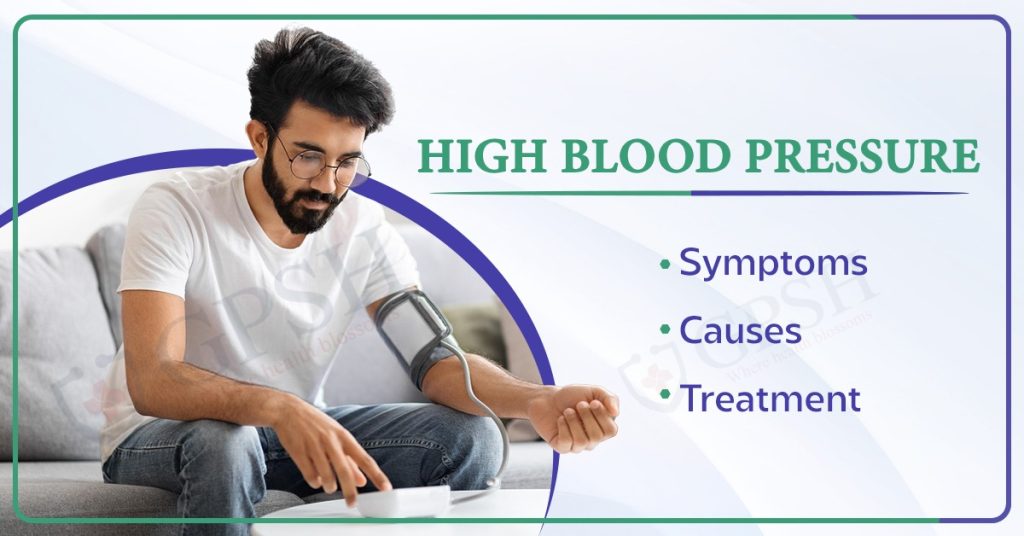Why Exercise is Important for Healthy Bones?
Overview
Exercise is crucial for maintaining healthy bones because it stimulates bone formation and enhances bone density, reducing the risk of osteoporosis and fractures. Weight-bearing and resistance exercises, such as walking, running, and strength training, create mechanical stress on bones, which prompts bone-forming cells to increase bone mass and strength.
This process helps maintain bone integrity and adaptability as we age. Additionally, regular physical activity improves muscle strength, balance, and coordination, which can prevent falls and further protect against bone injuries.
Engaging in a well-rounded exercise regimen ensures that bones remain resilient and capable of supporting overall physical health throughout life.
Why Exercise Is Important for Healthy Bones
Exercise is a cornerstone of bone health, and understanding why it is crucial can help emphasize the role physical activity plays in maintaining robust and resilient bones. As we grow older, our bones naturally go through a remodeling process in which old bone tissue is gradually replaced with new bone tissue. Engaging in regular exercise is instrumental in this process, as it directly influences bone density, strength, and overall skeletal health.
You can read also:- Nasal Polyps: Symptoms, Causes, Diagnosis and Treatment
The Role of Bone Remodeling
Bone remodeling is a dynamic process involving bone formation and resorption. Osteoblasts are the cells responsible for forming new bone tissue, while osteoclasts break down old bone. This balance ensures bones are continually renewed and adapted to the stresses placed upon them. Exercise significantly affects this process by enhancing the activity of osteoblasts and increasing bone density.
Mechanisms of Exercise-Induced Bone Health
- Mechanical Stress and Bone Formation:
Exercise, especially weight-bearing and resistance training, applies mechanical stress to the bones. This stress is essential because it triggers bone-forming cells, known as osteoblasts, to produce new bone tissue. When bones experience the strain of physical activity, they respond by becoming denser and stronger. Weight-bearing exercises like walking, jogging, and climbing stairs cause the bones in the legs, spine, and hips to adapt to the load, increasing bone mass and strength in these areas. - Impact on Bone Density:
Research consistently shows that individuals who engage in regular weight-bearing and resistance exercises have higher bone mineral density (BMD) compared to those who are sedentary. Bone density is a key indicator of bone strength and is directly related to the risk of fractures. Greater bone mineral density (BMD) indicates stronger bones that are more resistant to breaking under stress. For instance, activities like running and strength training are effective in increasing BMD, particularly in the spine and lower body, which are critical areas for mobility and stability. - Improvement of Muscle Strength and Coordination:
Exercise enhances not only bone health but also muscle strength, balance, and coordination. Strong muscles support and protect bones, while improved balance and coordination reduce the risk of falls—an important consideration as falls are a leading cause of fractures, especially in older adults. Activities such as tai chi and balance training exercises are particularly beneficial for improving stability and reducing fall risk, thereby indirectly contributing to bone health. - Hormonal and Metabolic Benefits:
Physical activity has favorable effects on various hormones and metabolic processes that influence bone health. Regular exercise helps regulate hormones such as estrogen and testosterone, which play a crucial role in maintaining bone density. In postmenopausal women, for instance, exercise can help mitigate the rapid bone loss that typically follows the decline in estrogen levels. Additionally, exercise improves overall metabolic health, which can positively impact bone health by ensuring adequate nutrient supply and reducing inflammation.
Types of Exercise Beneficial for Bone Health
- Weight-Bearing Exercises:
Weight-bearing exercises involve activities where you support your body weight. Examples include walking, jogging, dancing, and hiking. These exercises force your bones to work against gravity, promoting bone growth and strength.The repeated impact on the bones activates bone-forming cells and increases bone density, especially in the spine, hips, and legs. - Resistance Training:
Resistance or strength training involves exercises that use resistance to increase muscle strength and endurance. This can include lifting weights, using resistance bands, or performing body-weight exercises like squats and push-ups. Resistance training creates tension in the muscles and bones, which fosters bone remodeling and increases bone strength. - Flexibility and Balance Exercises:
While flexibility and balance exercises like yoga and tai chi might not directly increase bone density, they play a crucial role in maintaining overall bone health. These exercises improve flexibility, balance, and coordination, which help prevent falls and injuries. They also contribute to the maintenance of a healthy range of motion and support bone and joint health.
You can read also:- 10 Tips to Avoid Dehydration this Summer
Age-Related Considerations
Bone health is a lifelong concern, and the benefits of exercise can be observed at any age. For children and adolescents, regular physical activity is essential for building strong bones and achieving peak bone mass, which can help prevent bone-related issues later in life.
For adults, maintaining an active lifestyle helps preserve bone density and prevent bone loss associated with aging. Older adults can benefit from exercise by reducing the risk of osteoporosis and fractures, maintaining mobility, and enhancing overall quality of life.
Recommendations and Guidelines
To maximize bone health, it is recommended to engage in a mix of weight-bearing and resistance exercises at least three to four times per week. Each session should ideally include a variety of exercises that target different muscle groups and bone areas.
For overall health, it is also important to incorporate balance and flexibility exercises into your routine. Additionally, proper nutrition, including adequate intake of calcium and vitamin D, complements the benefits of exercise by supporting bone strength and density.
Conclusion
In summary, exercise is indispensable for maintaining healthy bones through its effects on bone density, strength, and overall skeletal integrity.
By engaging in regular weight-bearing and resistance exercises, individuals can enhance bone formation, reduce the risk of osteoporosis, and improve muscle strength and balance.
Adopting a consistent exercise routine, tailored to one’s age and fitness level, is crucial for long-term bone health and overall well-being.
Understanding and embracing the importance of physical activity for bone health empowers individuals to take proactive steps towards preserving their bone strength throughout life.
Why Exercise is Important for Healthy Bones? Read More »


